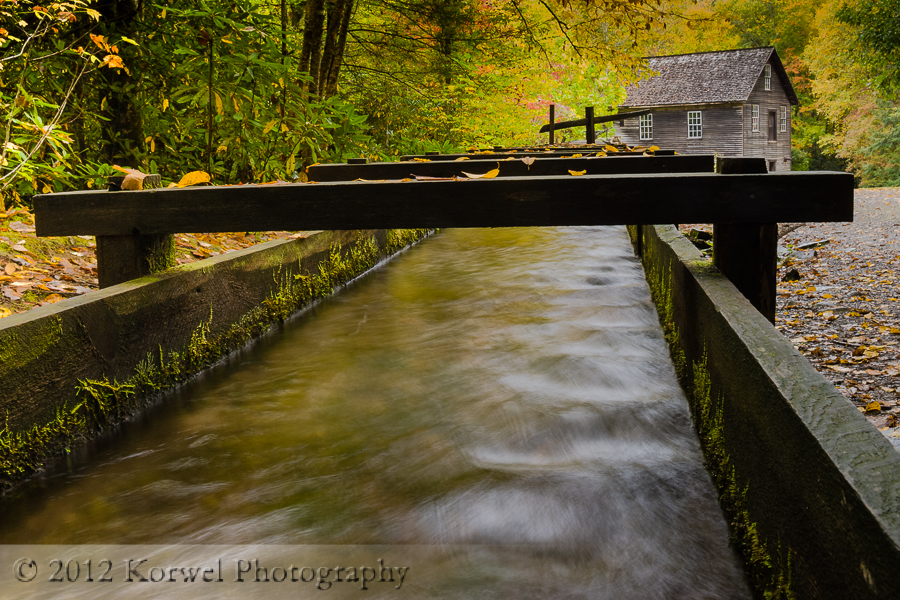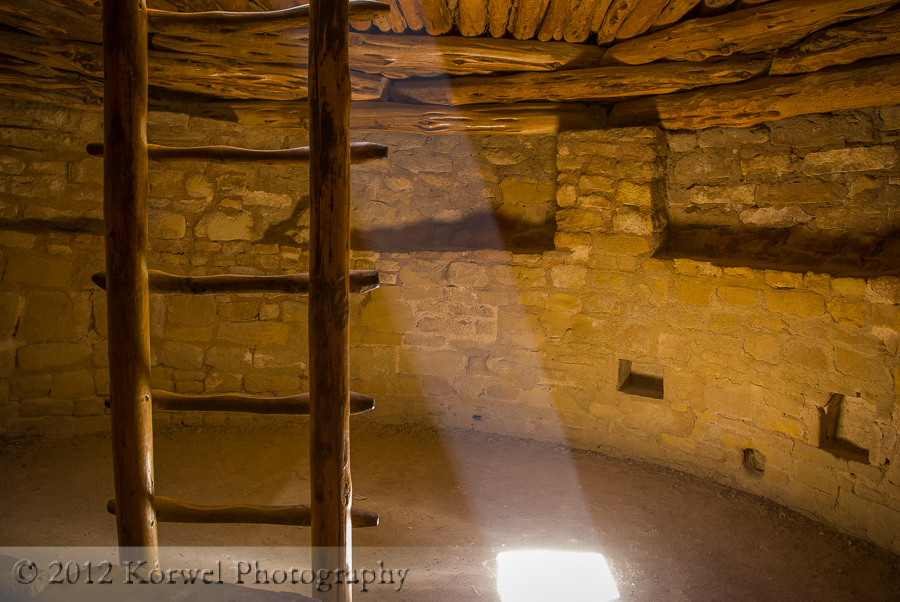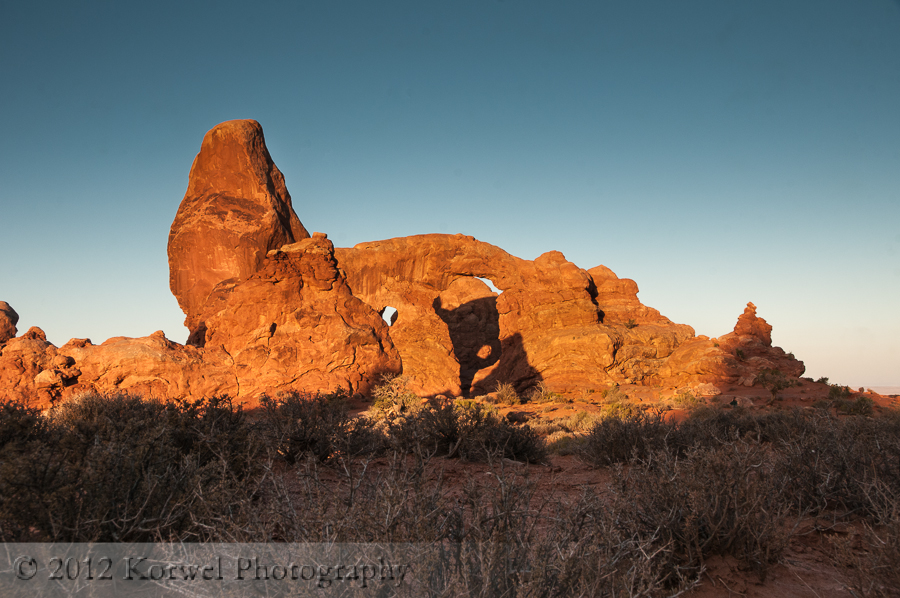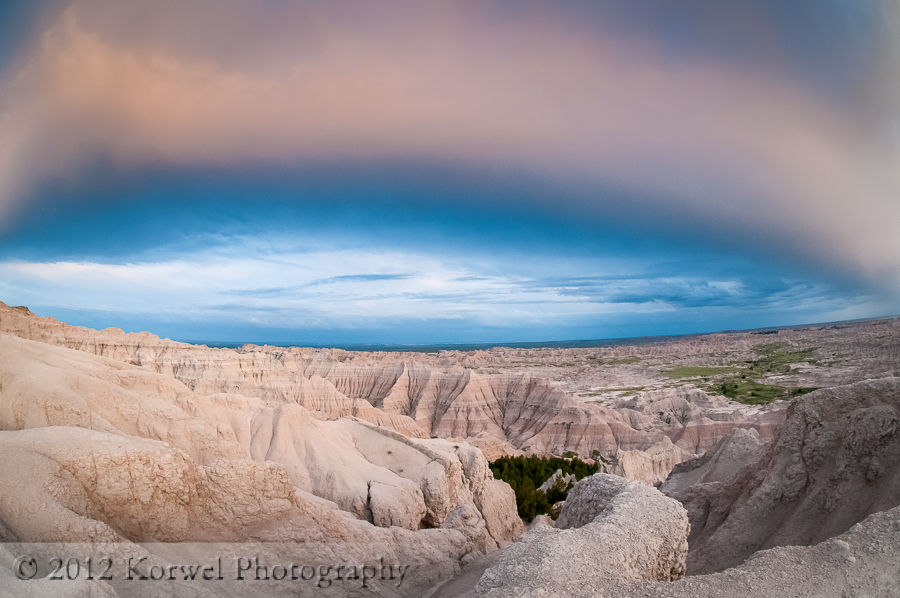Tips for photographing in National Parks
National Parks of the United States offer great visiting and photographing opportunities. It makes sense, since they are established in unique and worth preserving areas. Thus many people center their vacation plans around a National Park, Monument or else. It also usually end up being a short trip, just a few days (or worse, if you are planning just to visit on the way, few hours). With it comes dependance on the weather and very limited number of “golden hour” shooting opportunities (sunset of sunrises) for those who want to capture something more than family album photos.
Over the years, I learned few tips which help me to get the most out those short trips- let me share them with you today.
Choose the season
Consider the best time of the year for your National Park of choice. There are parks where time of the year really does not matter much – like Badlands, in my experience. However, you really want to visit Great Smoky Mountains in the fall, where the foliage is in full color (usually beginning of October). At the same time, there is not much fall color in any of beautiful parks of Utah, but you might be interested in photographing cacti blooms in late spring or Delicate Arch covered with snow. Death Valley or Grand Canyon will be more pleasant to vist anytime but summer, when it is unbearably hot.
Consider also how crowded the place will be at the given season- pretty much dead winter is only quiet time in Arches. Pick the time where the flow of tourists is smaller, yet the large areas of the park are not closed for the season yet. There is a large section of Mesa Verde I have not seen yet, every time I go there is too early or too late in the year.
There are many places you can find all the information you need for early planning – National Parks web site is one of them. I also own and often refer to the National Geographic “Guide to National Parks of the United States”.
Learn ahead
Nowadays, with millions of images available at your fingertips, on National Parks web site, individual photographers web site (you can find those by doing for example Google Images search), photography services like Flickr or 500 px, there is really no excuse to not do your research. Go on-line and see what are the most photographed subjects, the main features of the park. Learn where “postcard” spots are located. What point of views are the most popular? Make notes. It will help you in two-ways. First, it will give you ideas what to expect when you get there, what is worth photographing during the day (wildlife, plants) and what types of views you should leave for “golden hour” landscapes. It will help you streamline scouting when you get there. Also, it will help you to work past those “cliches”, and come back with unique views, when you know what has been done.
Some more tips on preparing shot list and ideas for any travel you can find in “Dream Plan Go” by Piper Mackay.
Scout beforehand
Use the first day in the park to visit. Hike the trails. See the overlooks. Look for interesting views and consider new angles. Check the position of the sun. Ask yourself, how the scene will look at sunrise? At sunset? Where will the sun be- ahead of you or behind you? Maybe there is sunset or sunrise spot marked in the park (Check the map of the park. For example, Bryce Canyon has both Sunrise and Sunset Points. You might be surprised!). See if you like the view from there.
Use the help of “The Photographer’s Ephemeris” (an iPhone app) to check the exact angle of sunset and sunrise for that day. Consider if the sun will not be hiding behind higher landscape features at those times. It is, for example, really difficult to find a good locations for sunrise or sunset photographs in places like Colorado National Monument or in canyons of Utah. When the sun rises above the horizon, it is high in the sky and the “golden hour” magic light is long gone! You have to be creative to take great images in those places.
And be realistic in your expectations to bring home absolutely unique photographs. Read this post by Peter West Carey on reality of photographing in National Parks.
Best photos
When all you research and scouting is done, and you are in the right spot at the right time, you are still dependent on the weather and light. It might be quite stressful situation, especially if you have just one shot at this sunset picture. Try to make the best out of the situation, regardless the circumstances. Wait patiently for the best light to shine on your chosen subject, while observing surrounding for a possibly different, better composition. Above all, do not give up.
This is the story of one of my favorite images (click on it to see a larger version of this and remaining images in this post).
I was in Badlands, one of those short, three days weekend, one day already spent getting there, and one reserved to drive back home. Really, one shot for the sunset photograph. I got there, like many others, well before the sunset to chose the composition. But it was cloudy, misty and looked like there will be no sun or any beautiful light or color at all. Many photographers started to leave, until the scene as on the image on the left appeared. I was glad I stayed a bit longer!
How about you? Do you often visit National Parks, for photography or otherwise? Do you have any more tips?
Share your thoughts in the comment section.
There are affiliate links in this post. See details of our affiliate policy here.



